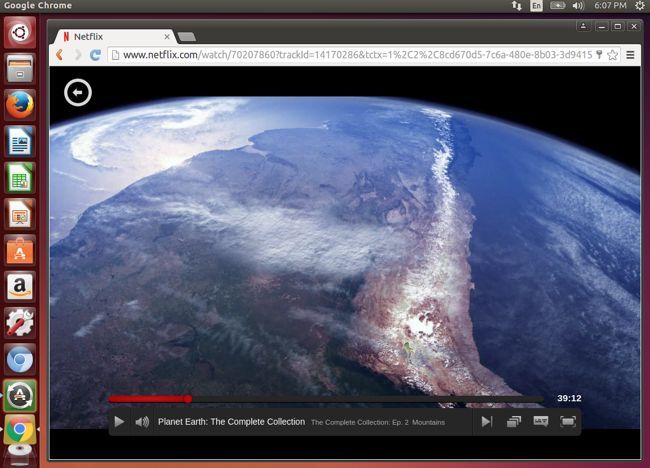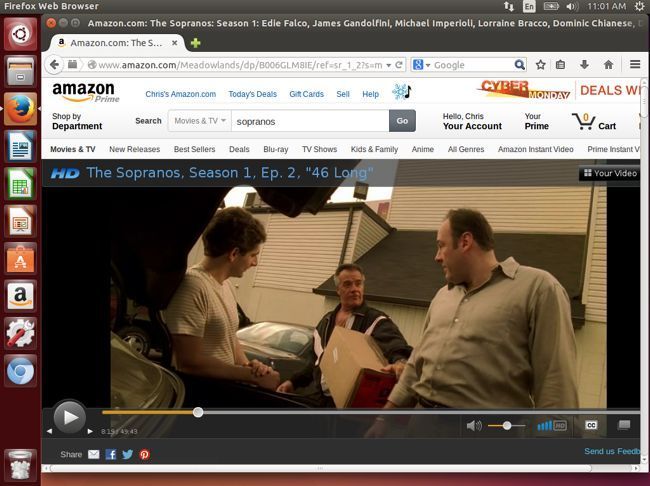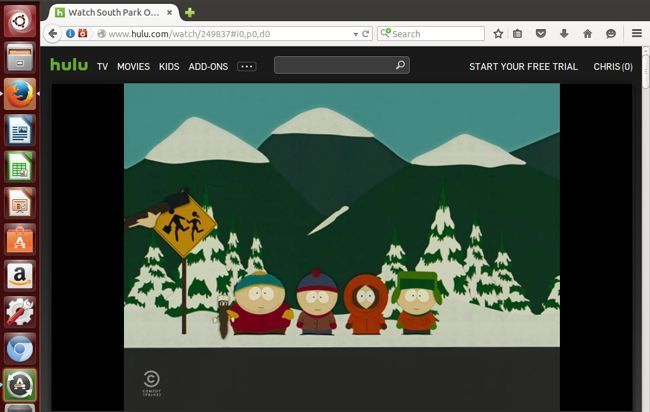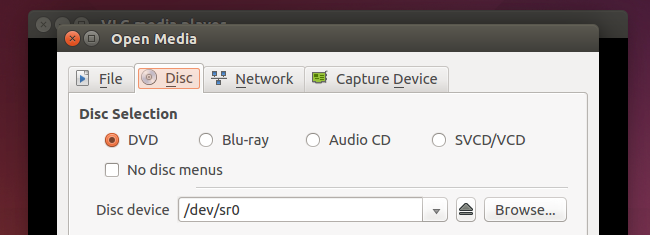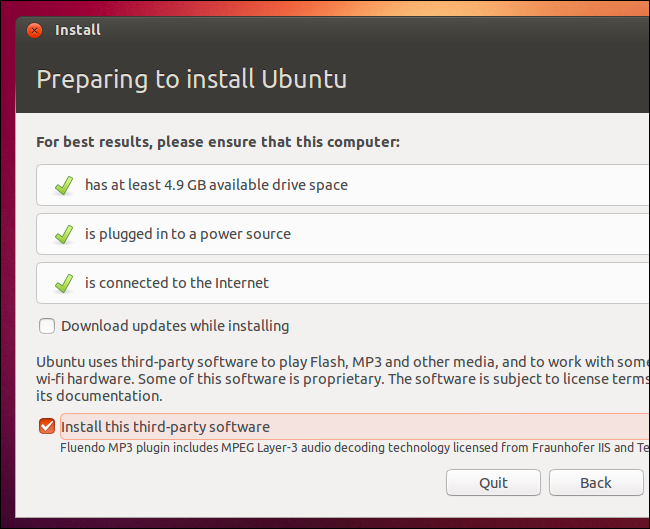Everything has DRM these days, and while Netflix, Amazon Video, Hulu, and even DVDs and Blu-rays "just work" on most systems, Linux users always have to do a little more work. Here's how penguin lovers can get all those services working on their machines.
This is usually so complicated because DRM technologies generally don't bother supporting Linux. Even downloaded video files require a bit of work due to patents that prevent Linux distribution from including the required codecs. But don't worry: we've got you covered.
Netflix
You can watch Netflix on Linux without any dirty hacks, but you'll have to install Google Chrome for Linux and use it to watch your shows. You can't use the Firefox web browser, and you can't even use Chromium.
That's been the standard advice, anyway. However, Opera for Linux--itself based on the Chromium browser--now supports Netflix on Linux as well. So, if you'd rather not use Google's web browser, you can turn to Opera.
This limitation is because Netflix doesn't just use HTML5 video. It also uses the encrypted media extensions, or EME, for DRM. This isn't built into every browser, but using Chrome is a small price to pay for easy Netflix watching.
Amazon Instant Video
Amazon Instant Video was very annoying in the past. It used Flash, but Flash's DRM required you install an older HAL compatability library. Flash also didn't offer the best video quality, and Amazon encouraged you to use the Silverlight player instead. MIcrosoft's SIlverlight never officially supported Linux, so you had to use a Wine-based Silverlight wrapper to use the Windows version of Silverlight.
Thankfully, that all seems in the past now. Amazon offers an HTML5-based video player, and Amazon says it will work with Google Chrome on Linux. As with Netflix, Firefox isn't supported. To watch Amazon Instant Video on Linux, just open the website in Chrome. It may even work with Opera, too.
Hulu
Hulu hasn't yet rolled out any sort of HTML5-based player. It also no longer offers the "Hulu Desktop" application, which once officially supported Linux. Hulu still relies on Adobe Flash, using the older DRM that doesn't work out-of-the-box on modern Linux distributions. So to watch it, you'll have to install HAL compatibility files using these instructions to get it to function.
This will also only work on Mozilla Firefox, which uses the older NPAPI version of Flash that Adobe is no longer supporting with anything but security updates. Google Chrome includes a newer PPAPI-based Flash plug-in, and that plug-in won't work with Flash's old Linux DRM technologies.
Hopefully, Hulu will switch to HTML5 in the future. For the time being, you'll have to watch Netflix and Amazon in Chrome and Hulu in Firefox.
DVDs and Blu-rays
While old-fashioned audio CDs don't include any DRM and should just work on Linux, DVD and Blu-ray discs are another matter. Both these types of discs include DRM technologies that attempt to prevent you from playing them on unsupported players.
Thankfully, DVDs are easy. You can get every single video DVD ever made working in the VLC player on Linux without any hassle--you just have to install the libdvdcss library. After you do, you can insert DVDs and open them in VLC to play them with additional hassle.
Blu-rays are another matter. While older AACS-encrypted Blu-rays will often work in VLC, newer Blu-rays with the BD+ encryption are problematic. It's still possible to watch Blu-rays on Linux, but you'll need to "stream" them using MakeMKV, and it won't necessarily work for every disc.
Downloaded Video Files
You may want to throw up your hands and avoid all the DRM entirely, just ripping or downloading video files and playing them back on your computer. But even here, you'll run into some trouble--efen if it's not technically DRM.
Thanks to patent laws, Linux distributions can't include the codecs that allow you to play back many types of audio and video files. Operating systems can't just include the software required for H.264 playback without paying a fee. You can get these, but you'll have to go out of your way to install them.
This actually isn't too complicated or unusual. If you've ever downloaded VLC on Windows or Mac, you've downloaded these codecs because VLC has them built-in. VLC is hosted in France and Linux distributions made in the US or elsewhere can't necessarily get away with doing what VLC does, or at least don't want to try.
So just like on Windows and OS X, the simplest solution is to install VLC and use it to play videos.
If you want the codecs themselves, though, it's still not hard to get them on most Linux distributions. Ubuntu asks you if you'd like to include them during its initial installation. On other Linux distributions, you may be prompted to install them with a few clicks. If your distribution doesn't do that, a simple web search should bring up instructions that will guide you through the process on your Linux distribution of choice.
Things aren't as complicated as they used to be. Netflix and Amazon "just work" in Google Chrome, and Hulu hopefully will soon, too. It's easier to get the required video codecs installed on a modern Linux distribution than it used to be. Blu-rays are a pain point and sure to be one for the foreseeable future, but physical discs are becoming less and less important. None of these options are perfectly convenient, but it's what we have for now--and at least it (mostly) works.
Image Credit: Bert Heymans on Flickr


